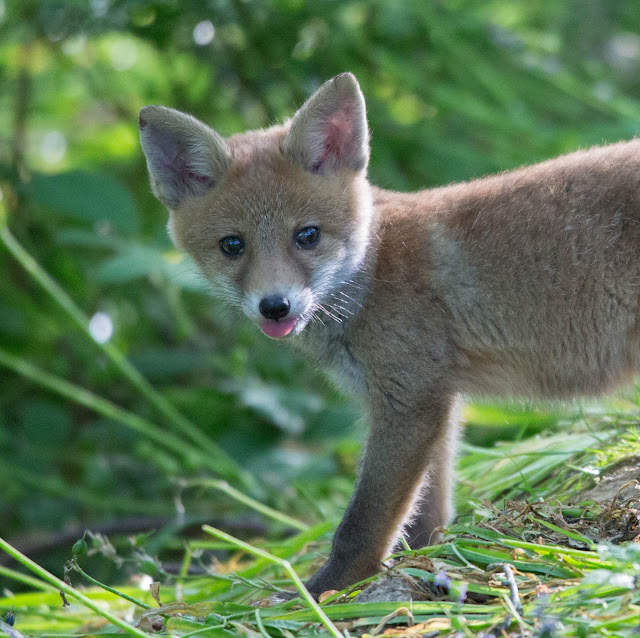This summer, I was lucky enough to have my first close encounter in England with the elusive otter. Their numbers were in huge decline in the 60s and 70s due to habitat loss, pesticide use and persecution. Since the 90s, there has been a huge effort to improve the health of the UK's rivers and, finally, in the last 10 years, this has paid off. Otters are once again found in every county in England, something which hasn't been the case for decades.
During a week away in Dorset, I spent some time walking along the River Stour, looking for signs of otters. I didn't find any footprints on the river banks but did see evidence of spraint (otter poo) on various logs and rocks, so I knew they were around. I spent two mornings from dawn until about 11am walking up and down the stretch of river where I had seen spraint, looking for movement or large ripples. I saw herons, kingfishers and swans, as well as lots of other lovely birds, but spotting an otter was tricky!


It was a beautiful stretch of river and so peaceful at dawn. Once other people started to arrive, including dog walkers and joggers, I thought my chances of seeing an otter were very slim. However, luck was with me on the first morning as I spotted a mother and three cubs swimming together down the river. They were very fast moving and I had to almost run along the riverbank to keep up with them. Every now and then they would stop to fish or play and I would try to capture some photos. They were completely unbothered by my presence and seemed used to noisy dogs and people. I followed them for a long time and had some lovely views, but struggled to get any good photos.


On the second day, it wasn't until 10am that I saw any sign of the otters. This time, I heard them before seeing them. They were squeaking away at each other and I only caught sight of the mother and two cubs. As I waited by an old tree that created a lagoon with its long, dangling branches, one of the cubs (quite a mature cub) popped up right in front of me within this patch of calm water and rolled around on its back, looking up at me full of curiosity. It was a magical moment that I will never forget and I was lucky enough to capture a shot.
I would have loved to spend more time in Dorset watching these otters but, sadly, I had to return home to my county of West Sussex. I hope to go back next spring.


































